In the kitchen Santoku knife is the best combination for making different recipes. Dreamyhomevibes is testing the best knives that every user wants in the kitchen like (paring knives), (fillet knives), and
. After testing and refining, we should not ignore Santoku knives because of their precise cutting and lightweight flat edge. Santoku knife has a very special name santoku which originally came from Japanese and means “three virtues”.
Best Santoku knifes for kitchen:
Shun Classic Santoku Knife:
It is the best kitchen tool I tested it has a very classic look with a beautiful compact design made of VG-MAX steel. The only things that make these knives more impressive and unique are their built how it is made which blade steel is used, It has a wavy pattern, it can do slicing very well. We can also use it for dicing, and chopping. The unique part of this knife is its handle is Crafted from PakkaWood giving a comfortable grip to the hands. Shun knives are very lightweight in handling making them comfortable for cutting.
Key Specifications:
- Blade Material: VG-MAX steel core, Damascus cladding
- Blade Length: 5-7 inches
- Blade Edge: 16° double bevel, hollow-ground (Granton edge)
- Handle Material: PakkaWood
- Knife Weight: 5.5 to 6.5 ounces
- Purpose: Multipurpose kitchen knife.
ZWILLING Four Star Santoku Knife:
This ergonomic design tool is made of Special Formula Stainless Steel that keeps it durable and comfortable while using retention.The blade is FRIODUR ice-hardened which gives hardness, sharpness, and resistance to chipping.it has a molded synthetic handle for comfort in cutting and slicing.
Key Specifications:
- Blade Material: Special Formula Stainless Steel (FRIODUR ice-hardened)
- Blade Length: Typically 7 inches
- Blade Edge: Hollow-ground (Granton edge)
- Handle Material: Molded synthetic (ergonomic and seamless)
- Knife Weight: Approximately 6.5 to 7 ounces
- Construction: Full tang with precision-forged bolster
- Finish: Satin-polished blade
Kyocera FK-140-WH Ceramic Santoku knife
It is the best advanced ceramic construction to match your kitchen needs. Its versatility and durability make your work overwhelming, it is made of advanced ceramic, which is harder than steel when I tested its sharpness I wondered if its sharpness was 10 times better than traditional steel knives. We can easily cut peeling and chop off fruits, vegetables, and boneless meats, but not recommended for hard or frozen foods.
Key Specifications:
- Blade Material: Zirconia Z206 advanced ceramic
- Blade Length: 5.5 inches (140 mm)
- Handle Material: Ergonomic plastic
- Weight: Approximately 3 ounces (lightweight)
- Construction: Ceramic blade fused to handle
- Finish: Pristine white, rustproof, and stain-resistant
Cuisinart C77SS-7SAN Graphix Santoku Knife
The most reliable and affordable kitchen knife is the Cuisinart c77ss-7san Santoku knife. Its blade is made of stainless steel which gives great sharpness to the knife and performs the functions of peeling slicing, dicing, and chopping.it is very lightweight and its ergonomic handle design is made by using Graphix for easy grip.
Key Specifications for Cuisinart C77SS-7SAN Graphix Santoku Knife
- Blade Material: High-quality stainless steel
- Blade Length: 7 inches
- Handle Material: Textured stainless steel (Graphix design)
- Weight: Lightweight and balanced
- Finish: Polished stainless steel
- Purpose: Multipurpose knife for slicing, dicing, and chopping
what is actually a samtoku knife?
A Santoku knife is one of the best kitchen knives that is known for its durability, longevity wide range of categories, and affordability. It generally originated from Japan which means “three virtues” or “three uses,” pointing to their features of cutting slicing, dicing, and chopping. It has a range of 5 to 7 inches in length and is very perfect for fruits and vegetables as well as meat. It is a multifunctional kitchen tool that’s why I called it (all in one) it is made of a beautiful design handle that is very comfortable on the hands and also best for your hand’s safety.

Differences Between Santoku and Chef’s Knife:
| Feature | Santoku Knife | Chef’s Knife |
|---|---|---|
| Blade Length | 5-7 inches | 8-12 inches |
| Blade Shape | Fl at edge with a slight curve | Curved edge |
| Cutting Technique | Straight up-and-down motion | Rocking motion |
| Ideal For | Precision tasks, slicing thin | Heavy-duty chopping, dicing |
What to look for in a santoku knife while buying for your kitchen?
Santoku knives belong to the best categories of knives. If you already have decided to buy a Santoku knife then you should remember some important things; its Blade material should be made of quality because it makes your knife work perfectly while doing tasks and maintains its sharpness and longevity. Its blade length is between 5 to 7 inches which gives you very precise results if you choose a small one it is very disturbing for cutting meats and veggies. Handle Material the one of my favorite things you should see about handles because when you are performing your work your hand will slip from the handle because of bad material used in handle making the handle is made of PakkaWood or Wood Composite that gives a special grip to hands and best for safety.
Balance and Weight its weight should be light and lightweight don,t bother your hands you feel comfortable so good weight better when you perform.Maintenance Requirements keep your knife clean after work is done let it be unclean like chipping it can rough their sharpness.
Some competitive santoku knives:
Misono 440 Molybdenum Santoku7.0
Key Specifications:
- Blade Material: High-quality molybdenum stainless steel
- Blade Length: 7.0 inches (180 mm)
- Blade Edge: Double bevel, razor-sharp
- Handle Material: Composite wood (ergonomic and durable)
- Weight: Lightweight and well-balanced
- Construction: Full tang for stability and durability
- Finish: Polished stainless steel with a satin finish
- Purpose: Multipurpose knife for slicing, dicing, and chopping
- Origin: Made in Japan
Farberware Edgekeeper 5-Inch Santoku Knife
Key Specifications
- Blade Material: High-carbon stainless steel for durability and rust resistance
- Blade Length: 5 inches
- Blade Edge: Hollow-ground (granton edge) to reduce food sticking
- Handle Material: Ergonomic plastic handle for a comfortable grip
- Special Feature: Includes a self-sharpening sheath (Edgekeeper) for maintaining the knife’s sharpness
- Weight: Lightweight, designed for ease of use
- Purpose: Ideal for slicing, dicing, and chopping smaller ingredients
Cuisinart 12-Piece Kitchen Knife Set
Key Specifications:
- Blade Material: High-carbon stainless steel for durability and precision.
- Blade Length: 7 inches, perfect for most cutting tasks.
- Blade Edge: Precision-tapered edge for sharpness and ease of slicing.
- Handle Material: Ergonomic and lightweight handles made of high-quality plastic for comfort and control.
- Non-Stick Coating: Reduces food sticking, making slicing more efficient.
- Design: Ideal for chopping, slicing, and dicing vegetables, fish, and boneless meats.
Zyliss 3 Piece Mini Santoku Knife Set
Key Specifications:
- Blade Material: High-quality stainless steel
- Blade Edge: Serrated edge with a hollow-ground (Granton) design to reduce food sticking
- Blade Length:
- 3-inch
- 4-inch
- 5-inch
- Handle Material: Ergonomic soft-touch, non-slip handle for comfort and control
- Weight: Lightweight for easy maneuverability
- Purpose: Ideal for small-scale tasks like mincing, slicing fruits, and cutting small vegetables
- Care: Hand wash recommended for longevity
- Set Includes: 3 knives (3-inch, 4-inch, and 5-inch Santoku knives)
FAQS;
1. Can a Santoku knife be used for meat?
Yes, a Santoku knife can be used for slicing and dicing boneless meats. It may not perform well for tasks like cutting through bones or dense cuts of meat, you should use a boning knife , chef knife or paring knife to perform other functions of kitchen
2. What materials are Santoku knives made from?
Santoku knives are typically made from materials like:
- Stainless Steel: Durable and easy to maintain.
- High-carbon steel: Offers superior sharpness but requires more care.
- Ceramic: Lightweight and sharp but fragile.
3. How do I sharpen a Santoku knife?
Santoku knives should be sharpened regularly before using so this maintain it from roughness of blade and give very smooth and precise cutting. You can use:
- Whetstones (preferred method for traditional steel knives).
- Honing rods to maintain the edge between sharpening sessions.
- Electric sharpeners (if designed for the type of knife you have).
4. Can I use a Santoku knife to chop herbs?
Yes, Santoku knives are great for chopping herbs and other delicate tasks due to their precision and sharpness.
5. What is the best Santoku knife for beginners?
For beginners, it’s best to start with a mid-range Santoku knife that’s easy to handle and maintain. Look for knives with ergonomic handles and good balance, such as those from brands like Cuisinart, Victorinox, or Global.
6. Can I use a Santoku knife for all my kitchen tasks?
While a Santoku knife is versatile and can handle many tasks, it may not replace all knives in the kitchen. For example, you may still want a chef’s knife for larger tasks, such as breaking down a whole chicken or cutting larger cuts of meat, and a paring knife for intricate tasks.
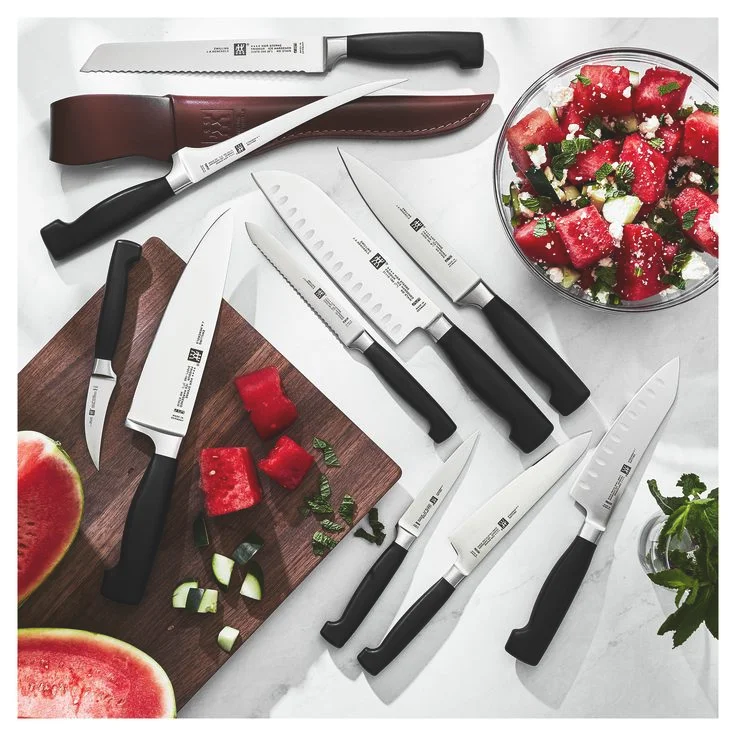
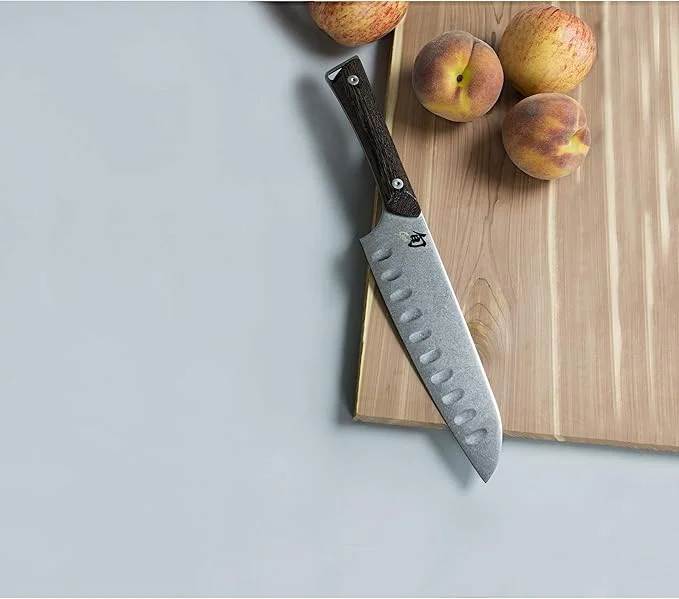
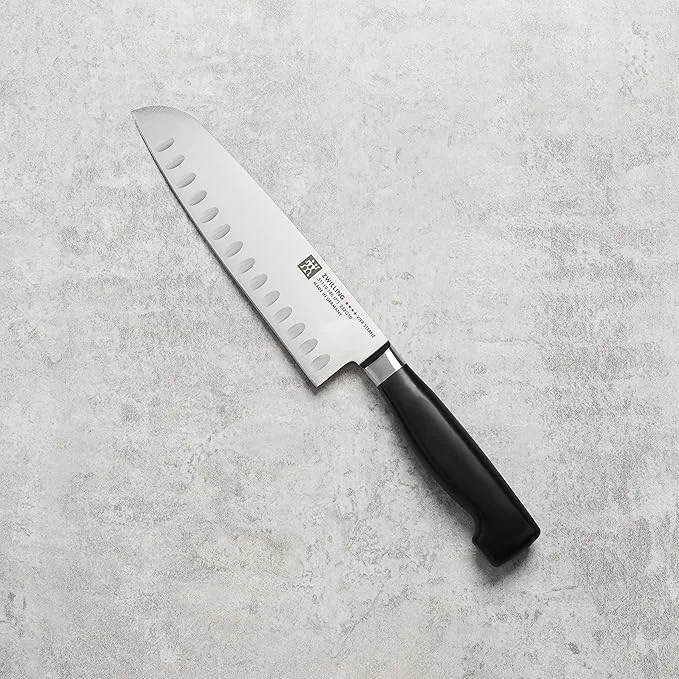
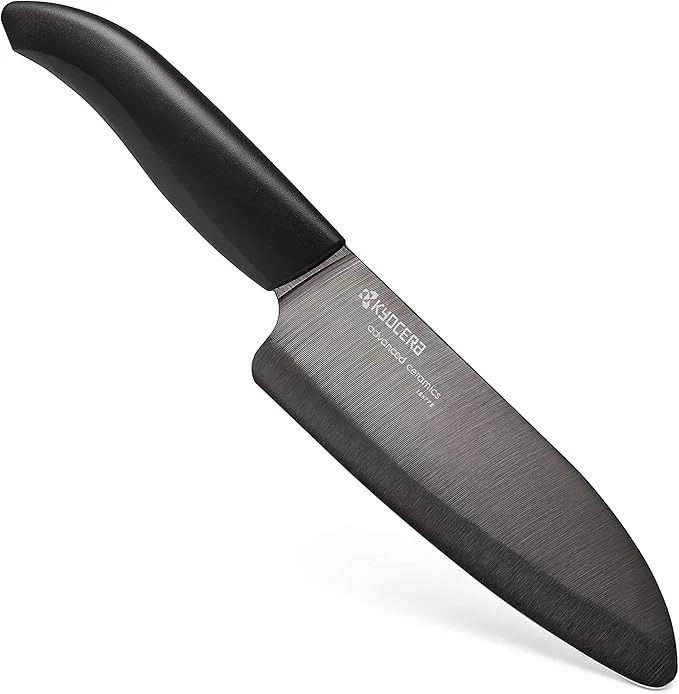

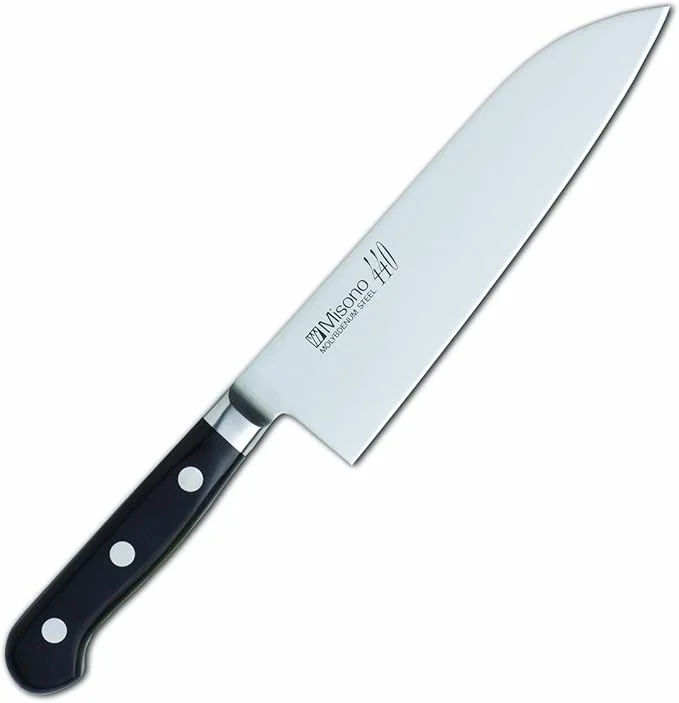
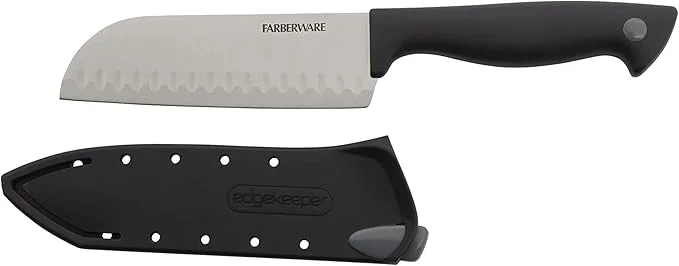
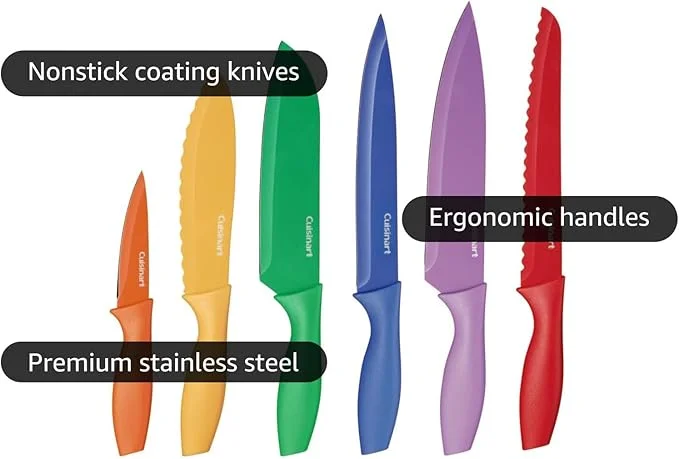
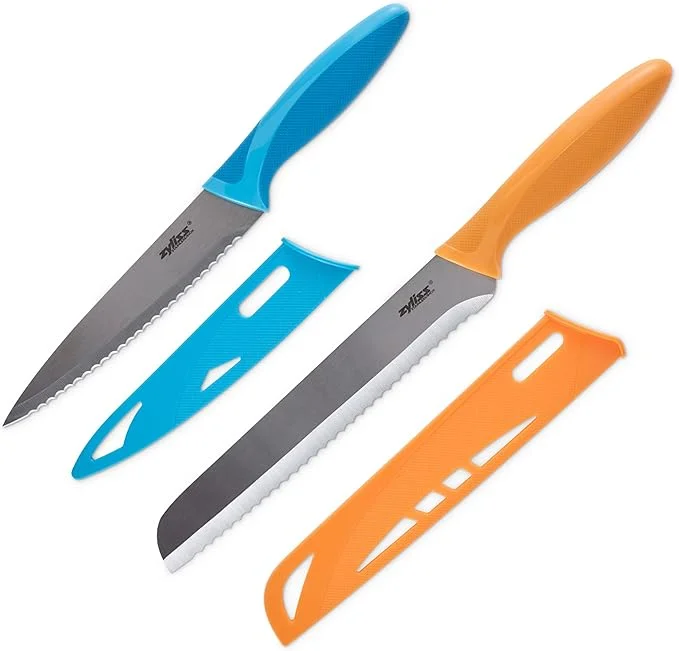
Leave a Reply